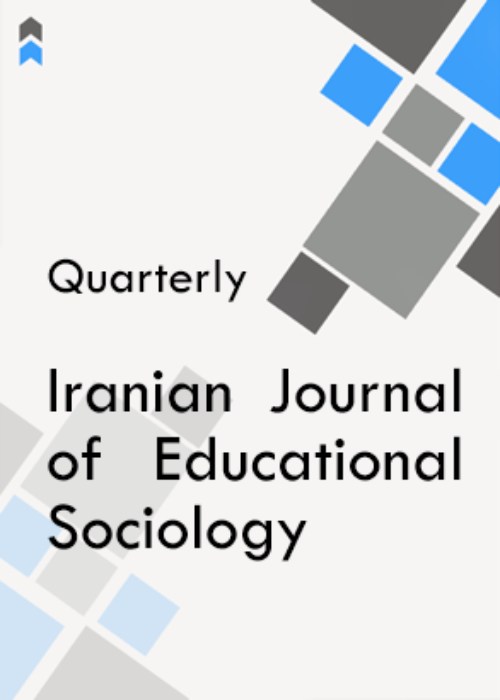Identifying the Components of Distance Education in Rural Areas to Provide a Distance Education Model for Secondary Schools in Villages of Iran
The aim of this study was to identify the components of distance education in rural areas in order to provide a model in secondary schools in the country.
The combined research method was exploratory. In the qualitative part of the study, content analysis with inductive approach was used. Research environment in this section, 84 documents including 67 articles and books, 17 texts of interviews in the field of distance education that were selected as a sample, the components obtained in this research include 7 main components including management and leadership infrastructure, Economic infrastructure, technical infrastructure, educational infrastructure, socio-cultural and value infrastructure, organizational infrastructure and human infrastructure and 25 sub-components. The relative content validity coefficient was used to assess the validity and the Holsti coefficient was used to determine the reliability of the themes. The extracted reliability coefficient was 0.98 which indicated the high reliability of the themes. In the quantitative part, 290 members of the sample were selected by Cochran method and stratified random sampling method. The research tool was a 70-item researcher-made questionnaire. To evaluate the validity of the questionnaire, face, content and structural validity were used, and to assess its reliability, Cronbachchr('39')s alpha with a value of 0.90 was used. Descriptive statistical methods were used in the analysis of quantitative data including frequency distribution tables and graphs and in the inferential section of confirmatory factor analysis. According to the relative Chi-square fit indices, adaptive fit, adaptive fitting and barbell, the model had a good fit.
The results showed that among the identified components, educational infrastructure was ranked highest and human infrastructure was ranked lowest, respectively.
E-learning is useful for rural areas in terms of knowledge, better job opportunities, advancement and learning of developing technologies in marketing, and focusing on rural areas helps peoplechr('39')s social development and mental ability.
- حق عضویت دریافتی صرف حمایت از نشریات عضو و نگهداری، تکمیل و توسعه مگیران میشود.
- پرداخت حق اشتراک و دانلود مقالات اجازه بازنشر آن در سایر رسانههای چاپی و دیجیتال را به کاربر نمیدهد.



